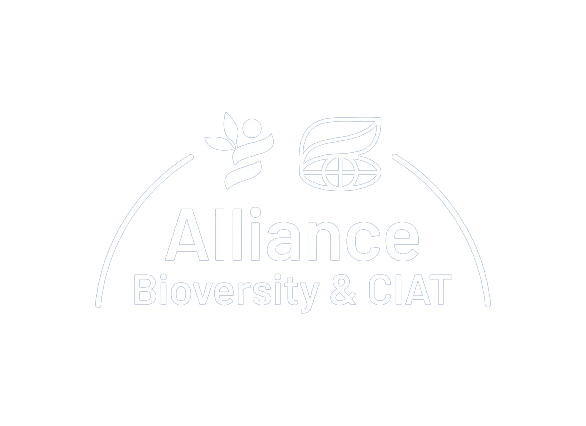About the Cassava Lighthouse
The Cassava Lighthouse is an initiative led by the Foresight and Applied Economics (FAE) team and the Cassava Program of the Alliance of Bioversity International and the international Center for Tropical Agriculture (CIAT) which seeks to compile and make available to the different key stakeholders in the cassava sector, relevant information and analysis of the crop to strengthen decision making. The platform summarizes historical information from several cassava (Manihot Esculenta) producing countries, including productivity, trade and competitiveness, policies and incentives, genetic improvement, and pests and diseases. It is also developing complementary sections that generate tools and analysis of interest to the sector. It has a special section on scientific studies related to the crop, which allows characterizing the volume of studies carried out and their global contribution, highlighting those developed by the Alliance.
The information displayed on the platform is built based on data provided through open-access primary and secondary information sources from different national and international organizations, which is why we highlight the importance and contribution of these organizations.
FAE is part of the Performance, Innovation and Strategic Analysis for Impact (PISA4Impact), a multidisciplinary team composed mainly by economists, sociologists and data experts conducting demand-driven socioeconomic research and policy analysis for impact, with a focus on synergies and tradeoffs in the agrifood enabling environment. We work to generate research-based evidence on topics such as markets and nutrition; genetic resources, agriculture, and livestock; climate change and environmental risks; and agri-food policies. We provide expertise to a variety of stakeholders in the research-for-development project life cycle in order to enhance resource mobilization, accountability, and progress towards the SDGs.
The Cassava Program works to generate and disseminate technologies that enable poor farmers in Africa, Asia and Latin America and the Caribbean to reach the crop's maximum agronomic potential, which in turn will allow them to explore new markets, reduce the environmental impact of cassava production and processing, and be better prepared for the uncertainties of climate change.
Credits
Thanks to all our colleagues in Alliance Bioversity International – CIAT and collaborating institutions for data sharing. Visuals and data from Cassava Lighthouse may be used as long as a link to https://cassavalighthouse.org/ is provided together with the following citation:
Cassava Lighthouse: Monitoring Open Access data for the Cassava Sector. Version 1.1. Andrade, R.; Garcia, C.; Garcia, J.; Hoyos, N.; Mwanzia, L.; Newby, J.; Orozco, E.; Rivera, T.; Vergara, D Alliance Bioversity-CIAT, 2022.
Previous versions
Cassava Lighthouse: Monitoring Open Access data for the Cassava Sector. Version 1.0. Andrade, R.; Balanta, J.C.; Becerra López-Lavalle, L.A.; Campaz, B; Garcia, C.; Garcia, J.; Gutiérrez, D.; Lourido, D.; Mwanzia, L.; Muriel, O.; Newby, J.; Pino, L.; Rivera, T. Alliance Bioversity-CIAT, 2021.
*Authors in alphabetical order





 +57 (602) 445 0000
+57 (602) 445 0000 alliance-dm@cgiar.org
alliance-dm@cgiar.org